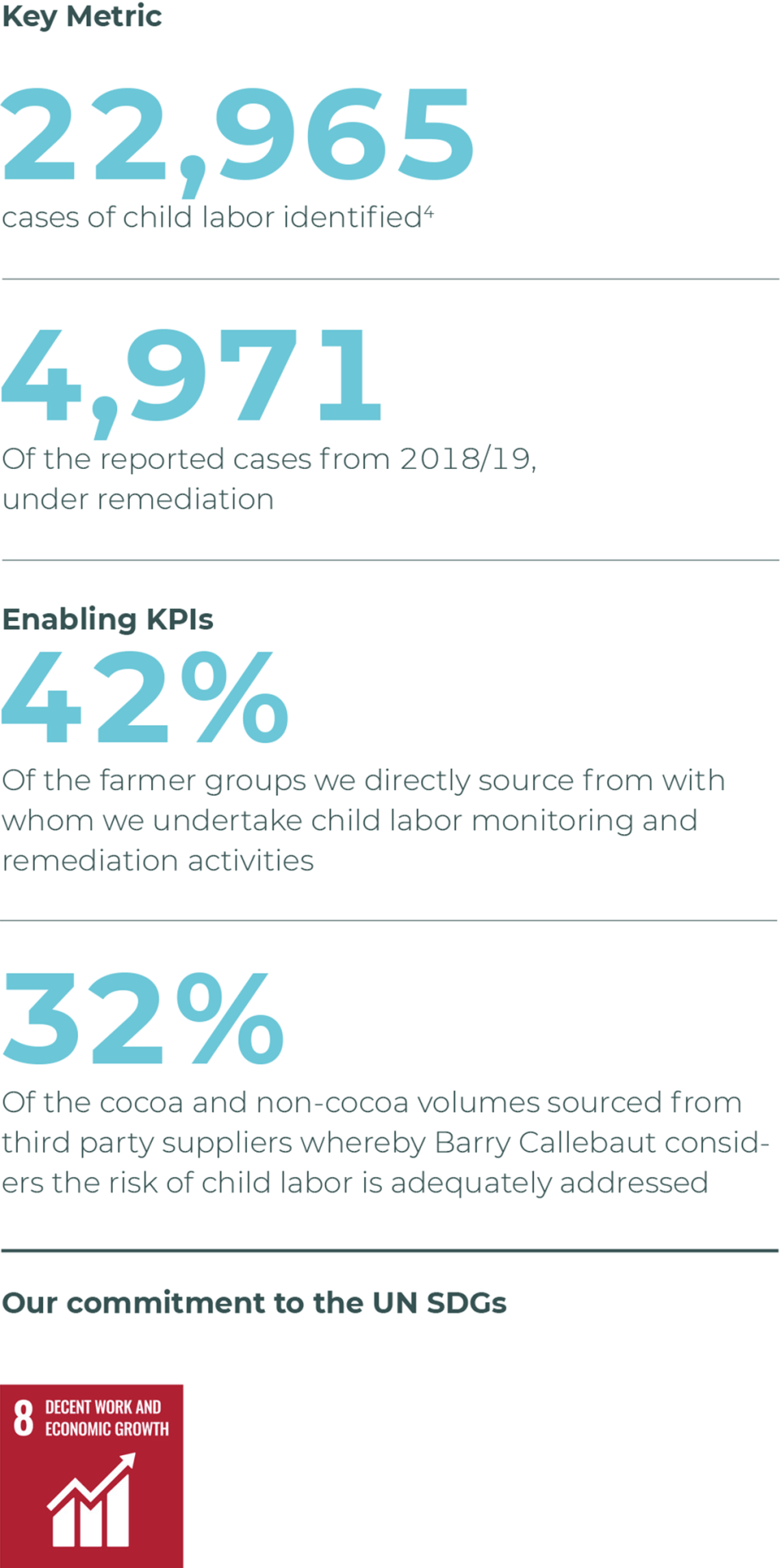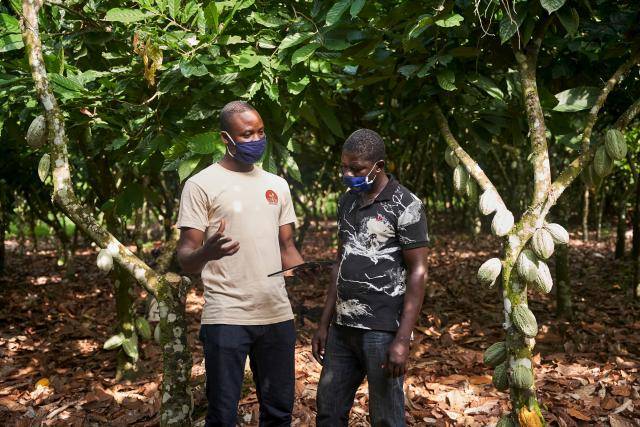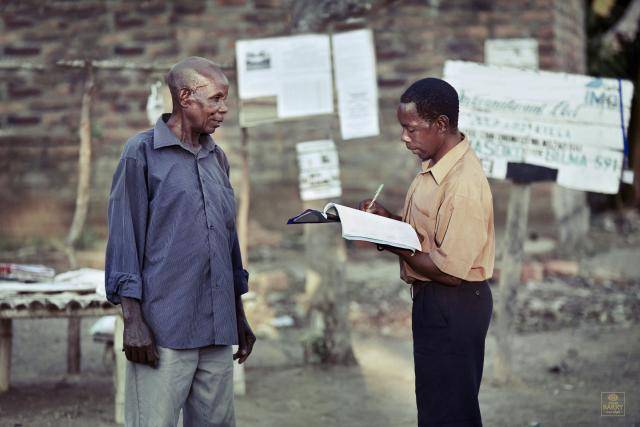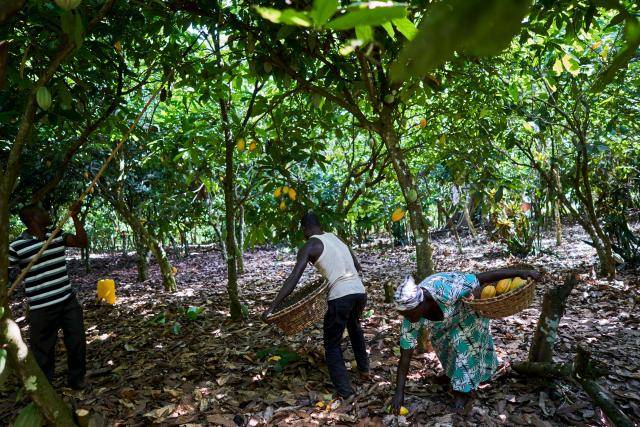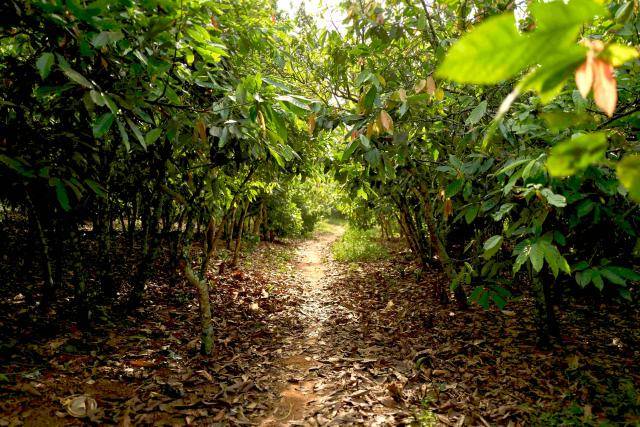Zero Child Labor 2019/20
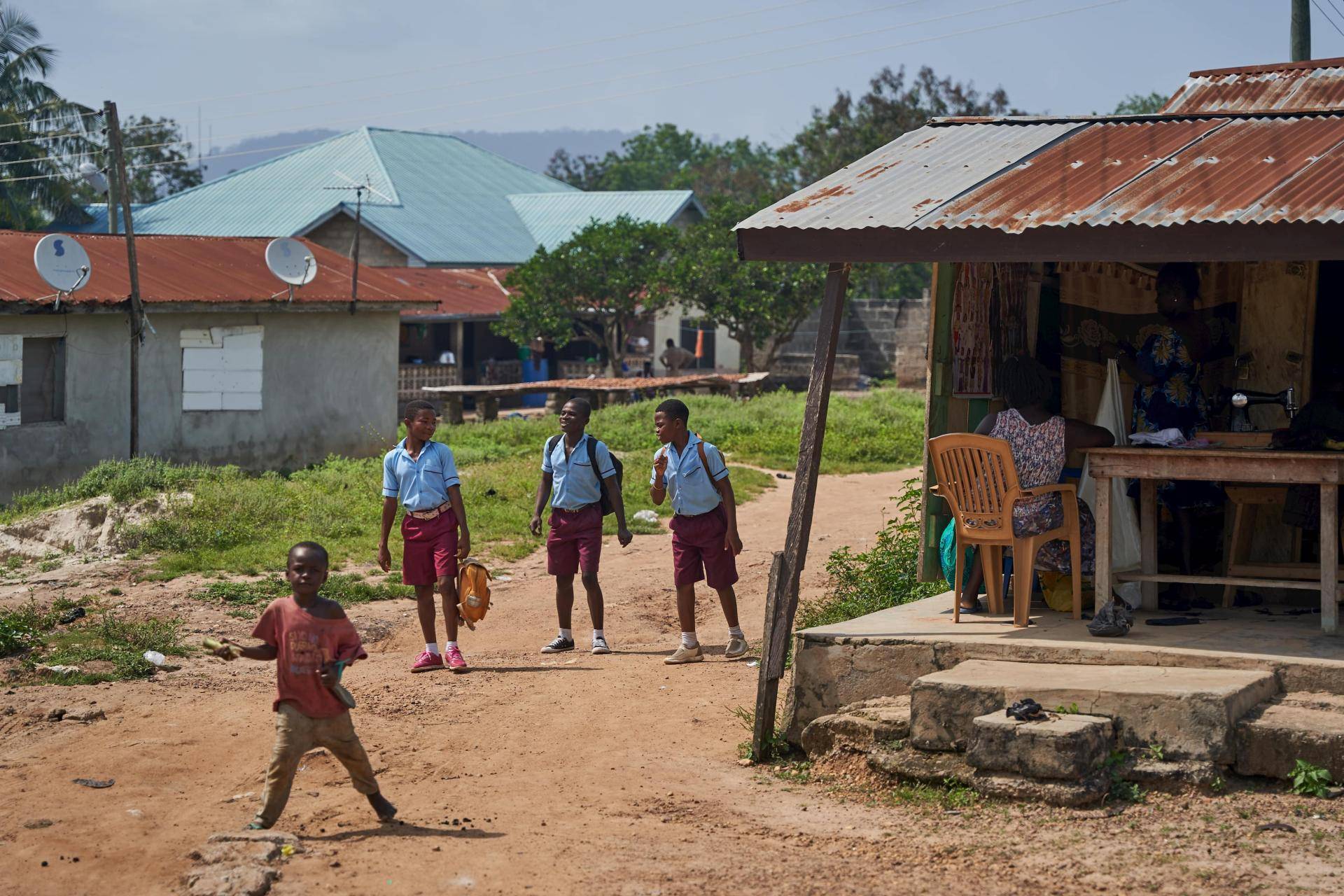
Zero Child Labor 2019/20
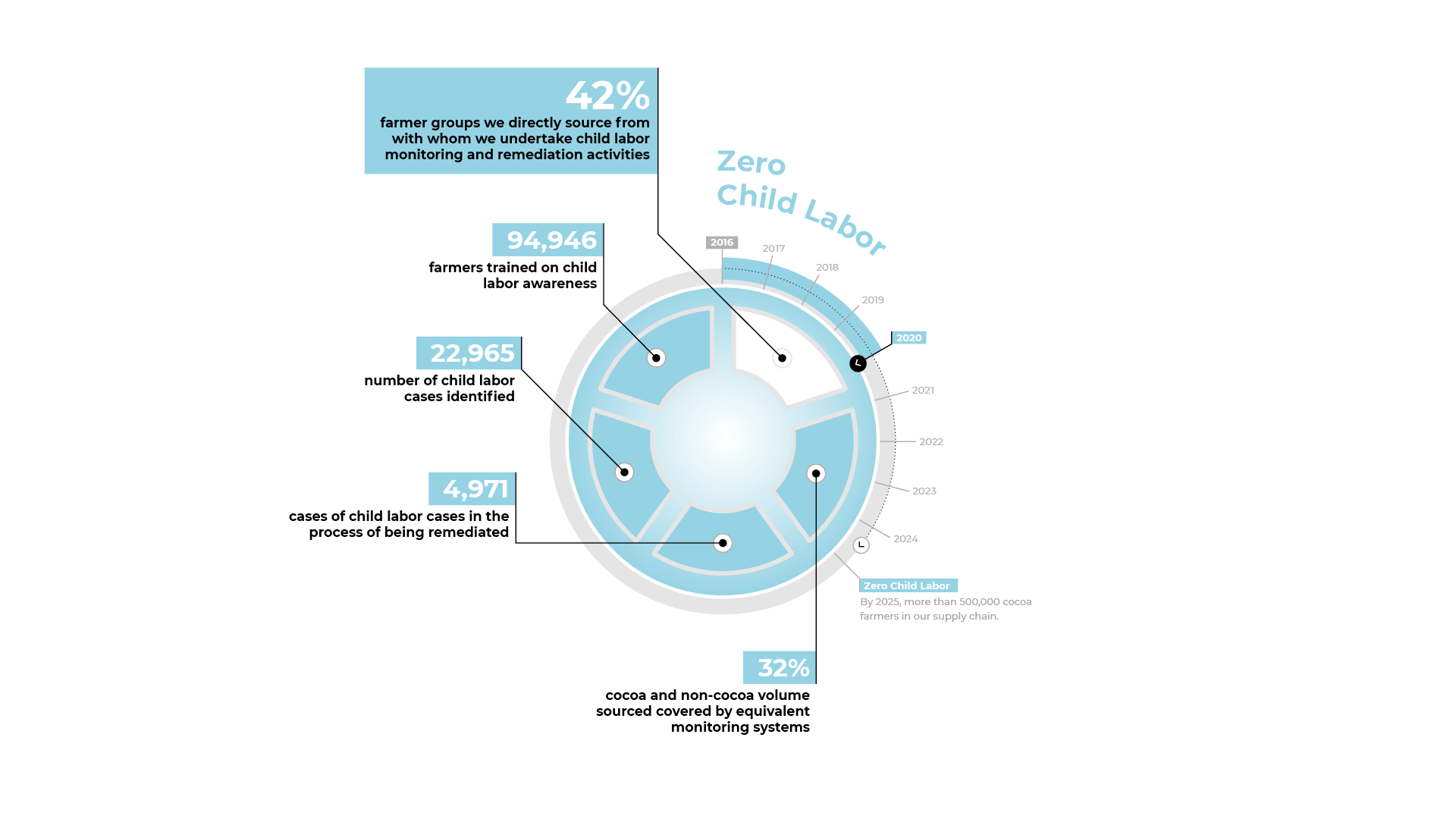
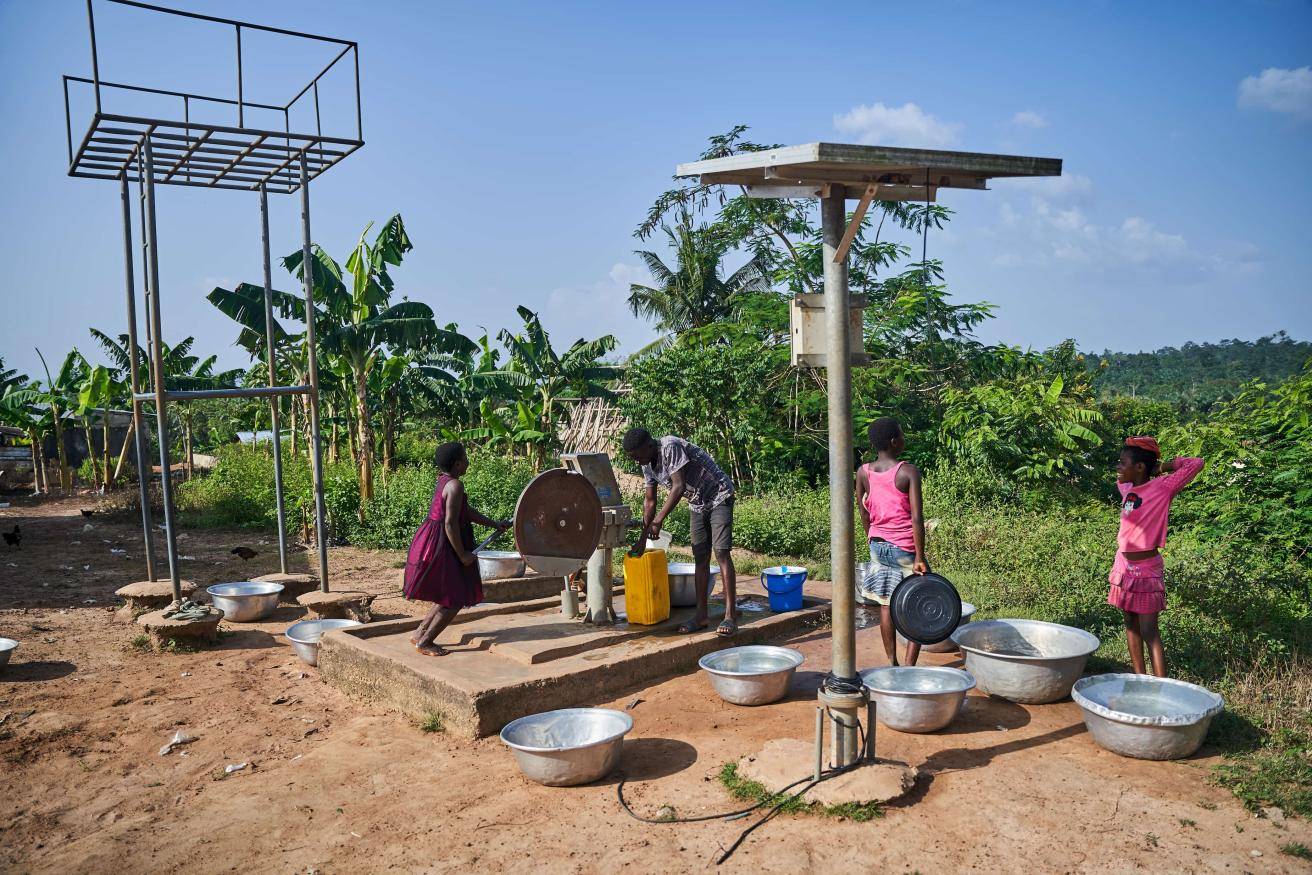
Our approach
In October 2020, the National Opinion Research Center (NORC) from the University of Chicago, US, funded by the US Department of Labor (USDOL1), completed a four year review of the various interventions carried out by representatives from the cocoa and chocolate industry, the governments of Côte d’Ivoire and Ghana, to reduce the worst forms of child labor2. The NORC study reports that there are still 1.56 million children involved in child labor for cocoa cultivation in Côte d’Ivoire and Ghana. Even when industry interventions are having an impact, the NORC Report shows that more emphasis should be put on creating the right context where child rights are guaranteed, and ultimately, child labor is prevented.
Public policy has a key role to play here. Fundamental policy reform at origin country level is required for example in terms of access to quality education. In addition, major cocoa importing countries and regions, notably the European Union (EU) and the United States (US), have the size and resources to drive change in the cocoa sector, including, in partnership with the governments of cocoa-producing countries, through legislative action.

To identify children at risk, we visit households and communities in cocoa origin countries to undertake monitoring and remediation work.
To help us to identify and address child labor in our cocoa supply chain, we continued in 2019/20 to roll-out child labor monitoring and remediation systems based on the industry practice as developed by the International Cocoa Initiative (ICI)3. To undertake monitoring and remediation, we work on the ground in cocoa origin countries, visiting households and communities to identify children at risk of child labor. This year, we expanded the range of cocoa farmers covered by monitoring and remediation systems to 39,909 (+139%). Our approach at remediation is aimed towards addressing some of the root causes of child labor, focusing on education, social and gender issues.
Remediation activities include the provision of school kits and birth certificates, a requirement to enable attendance at school, as well as supporting families and communities with education and training on child labor awareness and follow-up visits to the home. In 2019/20, we trained 94,946 (+17%) farmers on child labor awareness.

Gifty Amponsah, treasurer of the Ackaakrom CPC. “I am the only woman in the committee. We lobbied the District Assembly to provide water in the community. A lot of kids used to walk several kilometres to get water in the morning but now, they don’t have to do that anymore.”
In 2018/19, we initiated a pilot program to establish Child Protection Committees (CPCs) in cocoa farming communities in Ghana, Cameroon and Indonesia. This program brings together a unique partnership of district and local-level government agencies, social welfare specialists, community planners, teachers, and local religious leaders, with the purpose of child labor prevention and the protection of child rights. This year, our community-based approach focused on training CPC members to identify and support children at risk of being engaged in child labor, support remediation and referral processes to local public authorities.
Our measured impact
We found in the fiscal year under review 22,965 (+494%) cases of child labor4. This is a strong increase in the number of child labor cases identified, compared to 2018/19. This is due to the application of a broader definition of what constitutes the worst forms of child labor in Ghana. In 2019/20, 4,971 of the reported cases we found in previous years, are under remediation.
In order to increase the transparency of our monitoring and remediation reporting, an additional KPI was added this year - the number of identified child labor cases considered remediated on the grounds that the child has not been found performing child labor over two consecutive monitoring visits. Based on this updated methodology, 335 cases were considered remediated in 2019/20. Due to the COVID-19 restrictions, travel to households were postponed until 2020/21. The number of cases considered remediated was therefore lower than planned for.
We are continuing to implement our monitoring and remediation systems which now cover 113 farmer groups, including 39,909 farmers in Côte d’Ivoire, Ghana, and Cameroon. In fiscal year 2019/20, we revised the KPI with regards to the percentage of farmer groups we directly source from that have systems in place to prevent, monitor and remediate child labor. To underline the active role of Barry Callebaut on monitoring and remediation, we changed the KPI to measure the percentage of the farmer groups we directly source from with whom we undertake child labor monitoring and remediation activities. In 2019/20, this concerned 42% of the farmer groups we directly source from.
Our zero child labor commitment extends beyond cocoa. This year, we redefined this KPI, shifting the focus on the management of risk, rather than having a monitoring and remediation system in place. In 2019/20 the volumes sourced from third-party suppliers whereby Barry Callebaut considers that the risk of child labor adequately addressed is 32%. Our work will continue in the next fiscal year to challenge our suppliers to strengthen their child labor due diligence components of their standards; and to develop roadmaps and targets for sourcing raw materials that are covered by a risk management system that identifies and addresses child labor risks.
1Assessing the Progress in Reducing Child Labor in Cocoa Growing Areas of Côte d’Ivoire and Ghana
2According to the International Labour Organization, not all work done by children should be classified as child labor that is to be targeted for elimination. The term ‘child labor’ is often defined as work that deprives children of their childhood, their potential and their dignity, interferes with their schooling and is harmful to their physical and mental development. Activities such as carrying heavy loads or using chemicals are considered as ‘unacceptable forms of child labor’ because they are physically dangerous for children.
3Effectiveness Review of Child Labour Monitoring Systems in the Smallholder Agricultural Sector of Sub-Saharan Africa
4Of the child labor cases identified, none of the cases included trafficking.
